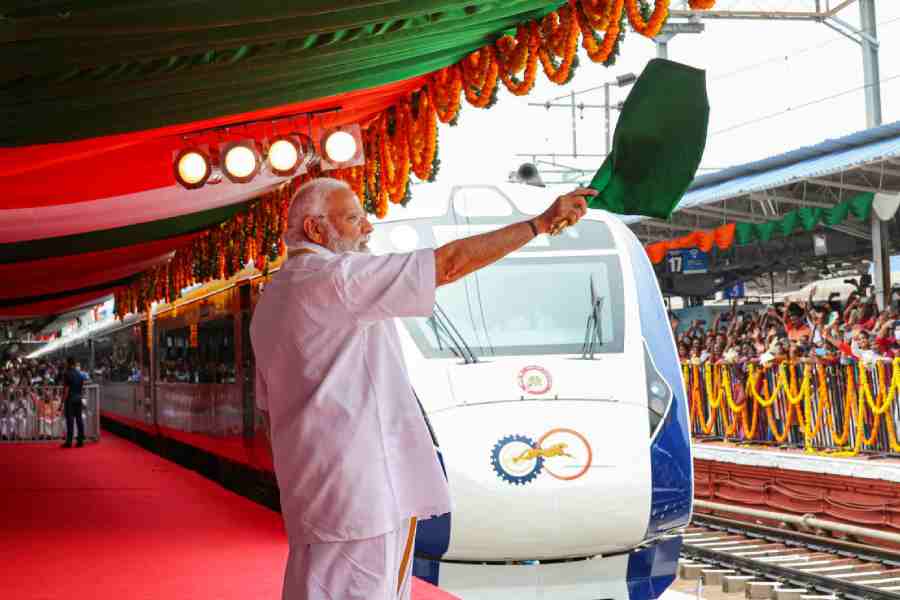The much-touted reduction in train accidents on the Indian Railways over the decades is fundamentally a function of evolutionary technological advancement and has been achieved despite an environment that has fallen woefully short in addressing the most critical elements in the safety paradigm.
The terrible three-train collision at Balasore is damning evidence that safety is an area of great vulnerability. This was further underlined by a second collision between two goods trains near Burdwan barely three weeks later. At the heart of these tragedies lies human failure — the IR’s Achilles’ heel. Sadly, the critical human factor, in terms of work environment, staff morale, working conditions, leadership and camaraderie, has been sorely neglected.
A noxious hangover from the IR’s colonial past is a management ethos that advocates intimidation for inculcating discipline and getting work done. This cynical management style, from the look of it, has reached its apogee under the current regime.
The Central Bureau of Investigation arrested three railway signalling staff of the Balasore jurisdiction and charged them under IPC sections relating to culpable homicide not amounting to murder, disappearance of evidence, and endangering safety owing to wilful negligence. With the trade unions emasculated, there has been no protest against this draconian action, which delivers the dire message that any front-line staff held responsible for a major accident can realistically expect to be arrested.
This stifling culture of intimidation and retributive punishment has a severely adverse impact on safety. Here’s how. At the root of every train mishap is the failure of one of the millions of components — manpower and equipment — that make up the railway system. Integrity in the compilation and analysis of failures is, therefore, critical as it provides the management with the basic data for risk assessment and for establishing the priorities for determining safety policy and investment. But the almighty fear of punishment has spawned a rampant, dangerous practice of concealing failure and the ‘doctoring’ of safety-related statistics.
While perfunctory attention is paid to safety-related problems pertaining to routine maintenance, replacement of overaged assets, timely replenishment of safety category staff and improved working conditions, the overriding focus of this government is on whimsical changes in systems and an obsession with glamorous, showboat projects. The ill-advised subsuming of the railway budget into the general budget and the revamping of the management structure of the IR are crippling blunders.
This government’s lopsided priorities are reflected in the profligate spending on breakneck electrification of the entire BG system without a proper cost-benefit analysis. Because of this ill-conceived project, up to 6,000 diesel locomotives and their extensive support infrastructure will soon become redundant. Given this dispensation’s wasteful spending, it is no surprise that the railway finances are in a mess despite record freight output. Another financially imprudent scheme is the Vande Bharat train project. Much like the bullet train vanity project that is financially ruinous and completely at odds with the needs of the common man, the Vande Bharat trains cater only to the well-heeled.
Old hands will remember a time when the IR followed a different script. Following the horrific train collision at Gaisal in West Bengal in 1999, the Safety Review Committee under the legendary Justice H.R. Khanna called for a moratorium on celebratory functions on the IR. How times have changed! Within days of the Balasore disaster, with the injured still in hospitals, five Vande Bharat trains were inaugurated by the prime minister amidst the usual fanfare. Stirring institutional memory is now being overwhelmed by strobe light-driven inaugurations and photo-op visits to accident sites.
Mathew John is a former civil servant











